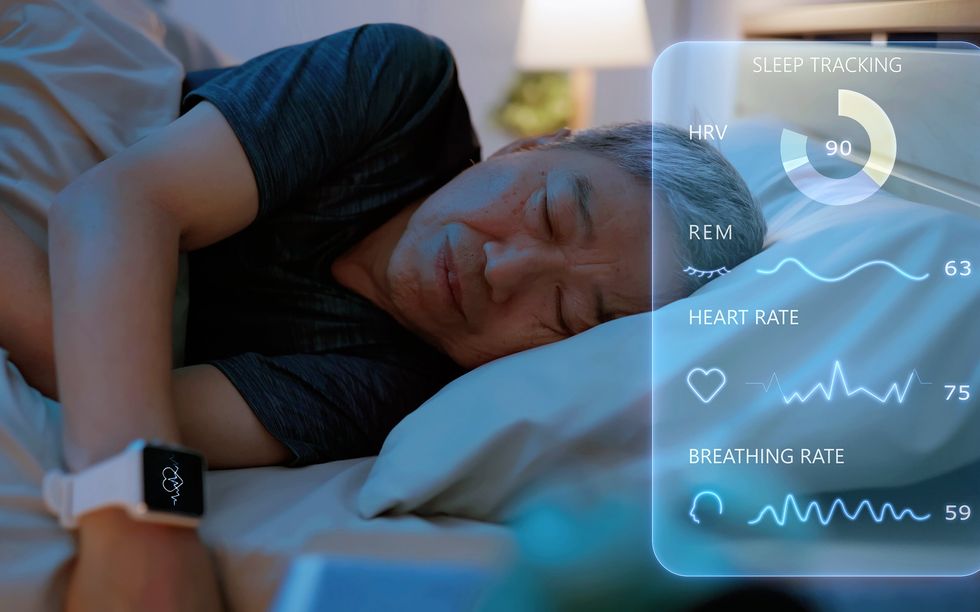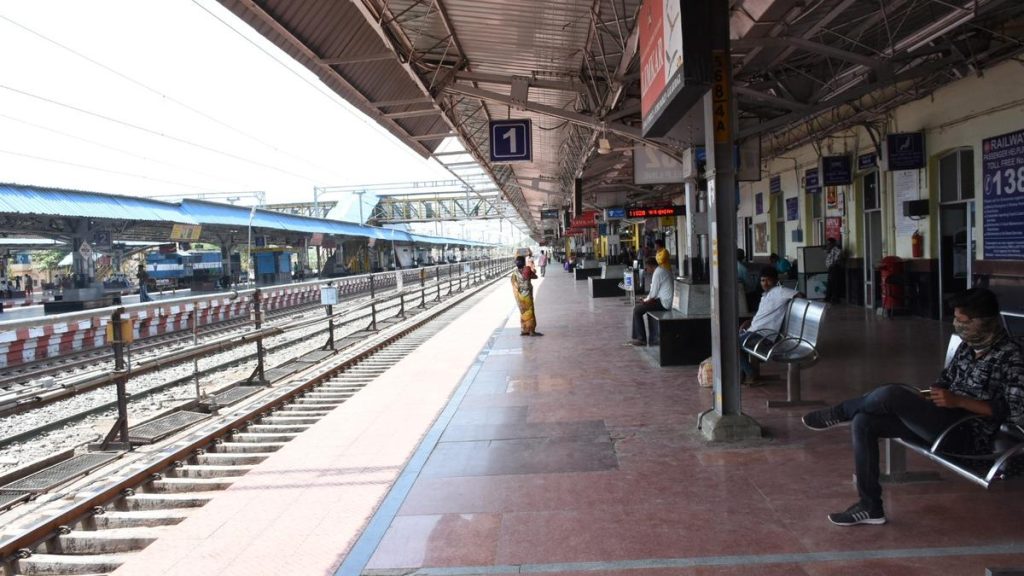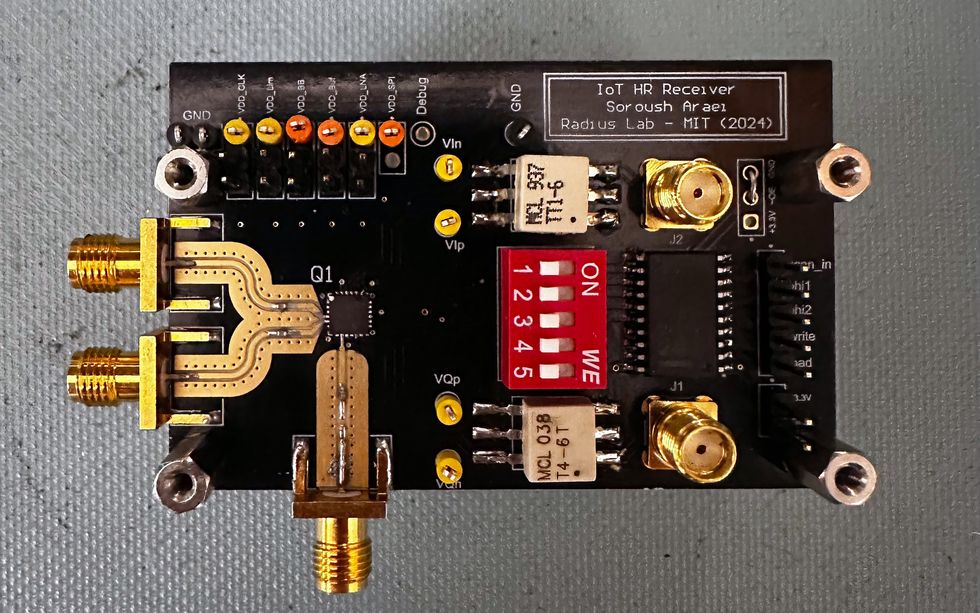Now Reading: Designing Technology for an Aging Population
-
01
Designing Technology for an Aging Population
Designing Technology for an Aging Population

### Quick Summary:
– The global aging population is projected to reach 1.5 billion people aged 60 or older by 2030, according to the World Health Institution.
– “Age tech” technologies are being developed to help senior citizens maintain independence, improve quality of life, and address accessibility challenges.
– Technologies include health monitoring devices,financial management systems,home-care robots,smart appliances,and wellness support tools.
– IEEE Standards Association (IEEE SA) has formed the Technology Standards for the Aging (AgeTech) Industry Connections group to ensure age tech products are safe and easy to use while considering factors like reduced mental acuity or motor skills due to aging.
– George Arnold, IEEE Life Fellow and chair of the IC group, emphasized focusing on technologies designed specifically for older adults rather then general-use products adapted for them.
– The IC group is creating frameworks defining terms in age tech and developing proposals for new IEEE standards addressing human factors such as usability and accessibility.
– Researchers from institutions including Yale have collaborated on innovative age-tech devices like Alva Health’s NeuroCheck wearable stroke detection system-winner of a recent IEEE competition aimed at fostering aging-in-place solutions.
### Indian Opinion Analysis:
India’s demographic composition is shifting with a growing senior population that can benefit considerably from advances in “age-tech” solutions. While India remains a major hub for technology growth globally, it has yet to focus extensively on inclusive designs tailored specifically for its elderly citizens. As Indian firms increasingly innovate in assistive technology fields such as wearables or robotics-with government initiatives supporting digitization-the involvement of global organizations like IEEE could serve as a model framework for standardizing user-centric designs addressing India’s unique conditions.
The need arises not just from technological accessibility but broader systemic challenges linked with healthcare infrastructure gaps in remote areas where elderly care often relies heavily on mobile diagnostics or telehealth services powered by innovation. Local adoption of better design principles informed by groups like AgeTech may help developers deliver scalable solutions accessible even within low-income segments-a significant social implication worth highlighting given India’s socio-economic disparity across urban/rural populations.
The focus should also extend toward awareness regarding ethical concerns about data privacy paramount here-ensuring trust among end-users experiencing modernized health engagement through IoT-backed wearable models tailored domestically alongside prototypes available External partnerships bridging interdisciplinary policymakers stand crucial fostering collective reliable operating streamlined onboarding previously centralized-driven fragmented modes uniquely capable cross-community support impacting dignity-focused advancement regionally.
Read More



























